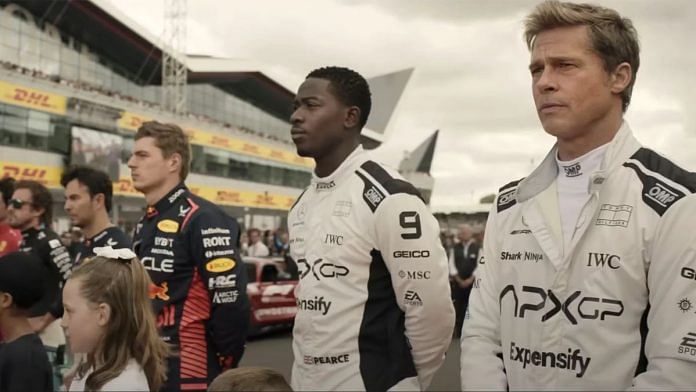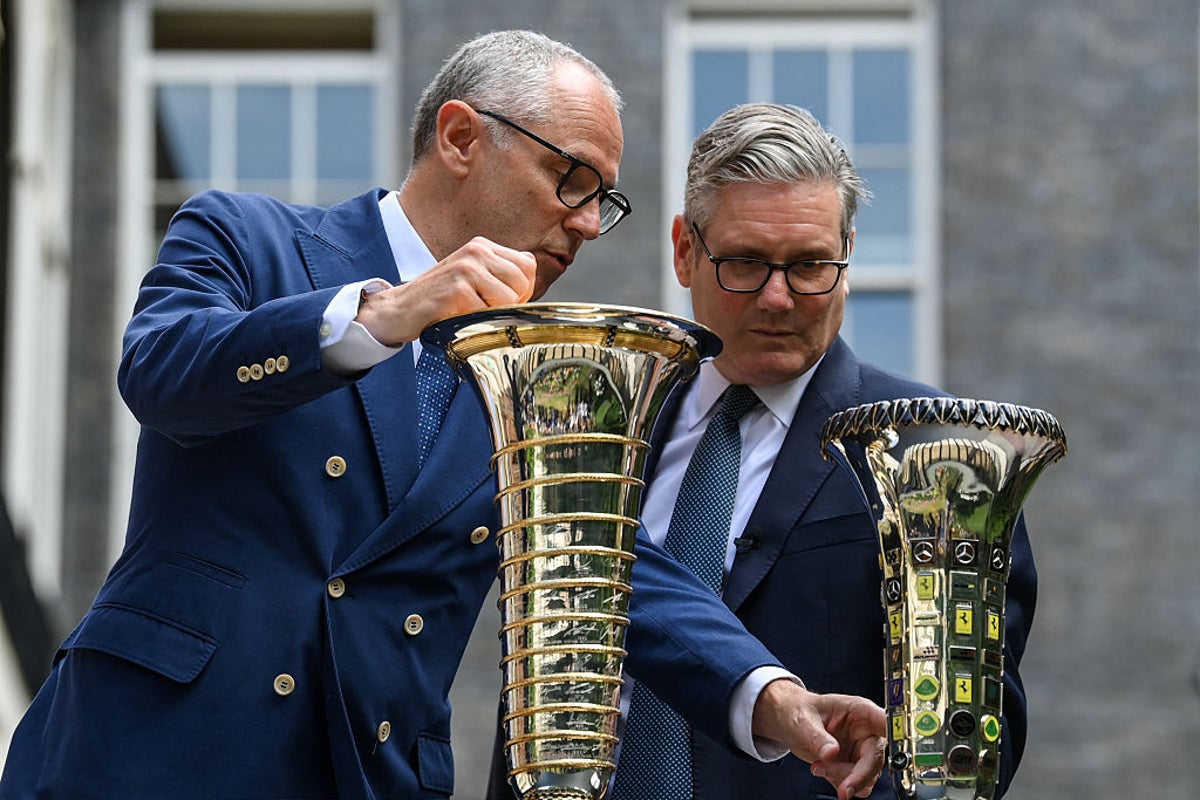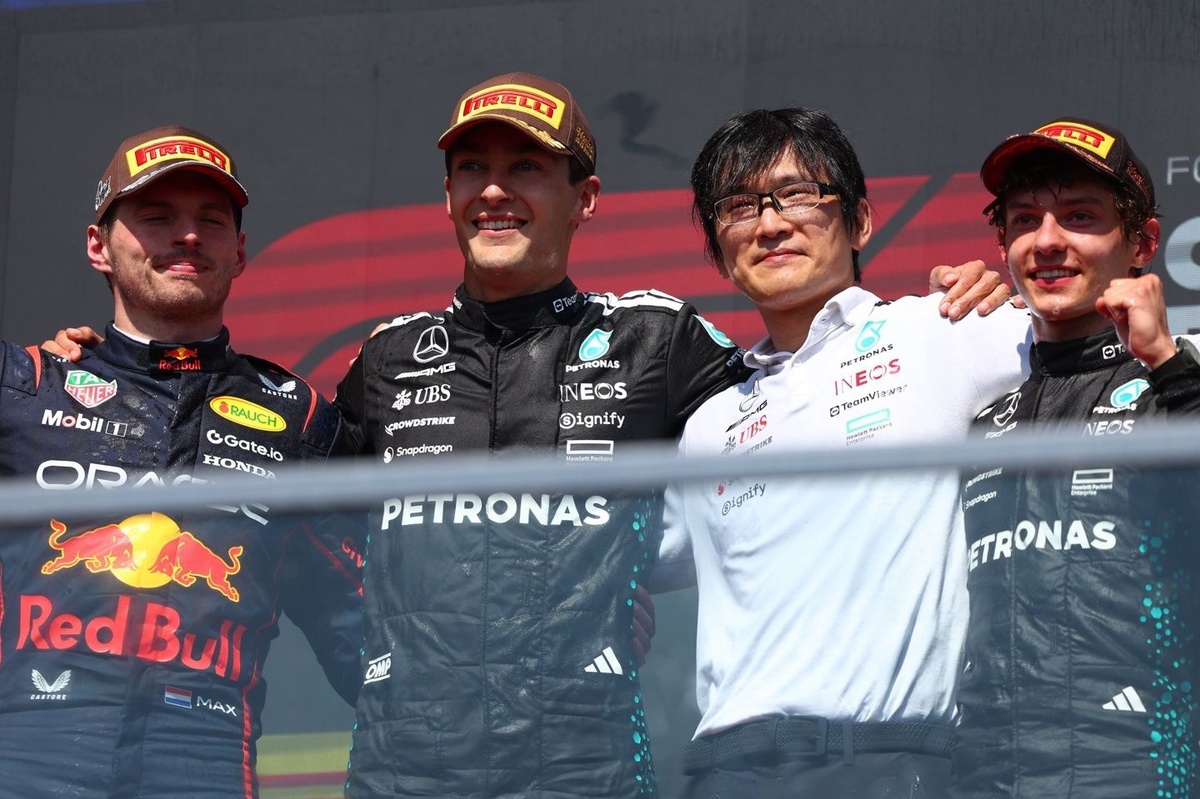The highly anticipated F1 movie has revved up the cinematic world with its visually revolutionary approach, setting an unprecedented benchmark for authenticity in motorsports filmmaking, yet this groundbreaking spectacle is reportedly undermined by a less compelling storyline.
A significant factor in the film’s unparalleled visual realism stems directly from the involvement of Formula 1 legend Lewis Hamilton. His meticulous expertise guided the production, ensuring that even the most minute details, such as the precise, nuanced sound of gear changes echoing through the speakers, resonated with absolute accuracy. This dedication to authentic auditory and visual cues plunges viewers directly into the heart of high-octane racing, creating an immersive experience that caters to the discerning tastes of F1 enthusiasts.
Beyond the engine notes, the cinematic portrayal extends to the intricate, balletic choreography of pit stops, executed with a precision that mirrors real-world F1 operations. This commitment to detail in every frame elevates the F1 movie beyond a mere cinematic experience, transforming it into a visceral journey for fans of motorsports. The film’s technical and visual prowess is undeniably revolutionary, pushing the boundaries of how racing is depicted on the silver screen and delivering an unparalleled sense of realism to cinema audiences.
However, despite its breathtaking aesthetics and technical mastery, the film reportedly encounters a significant hurdle on its narrative front. Early film review feedback and critics suggest that a weak storyline prevents the F1 movie from fully capitalizing on its stunning visuals and authentic portrayal of the racing world. This perceived narrative deficit hinders the overall impact, leaving audiences, while visually stunned, potentially disengaged from the emotional core of the characters and their journey.
This dichotomy presents a mixed bag for viewers. While the visual feast and the accurate depiction of Formula 1 dynamics are trailblazing, the film’s ability to engage audiences beyond the surface-level thrills is questioned due to a less compelling plot. It offers a spectacular treat for the eyes and ears, capturing the very essence of elite motorsports, but fails to deliver the narrative depth that typically underpins a truly memorable cinema experience.
Ultimately, the F1 movie stands as a testament to technical innovation in filmmaking, proving that with direct industry involvement, cinematic realism in sports can reach new heights. Yet, its reception underscores a critical lesson for entertainment: even the most visually arresting productions require a robust and engaging narrative to achieve lasting resonance and to fully cement their place as iconic pieces of cinema. The blend of Formula 1’s authentic spectacle and a compelling story remains the ultimate finish line.
Discover more from The Time News
Subscribe to get the latest posts sent to your email.



